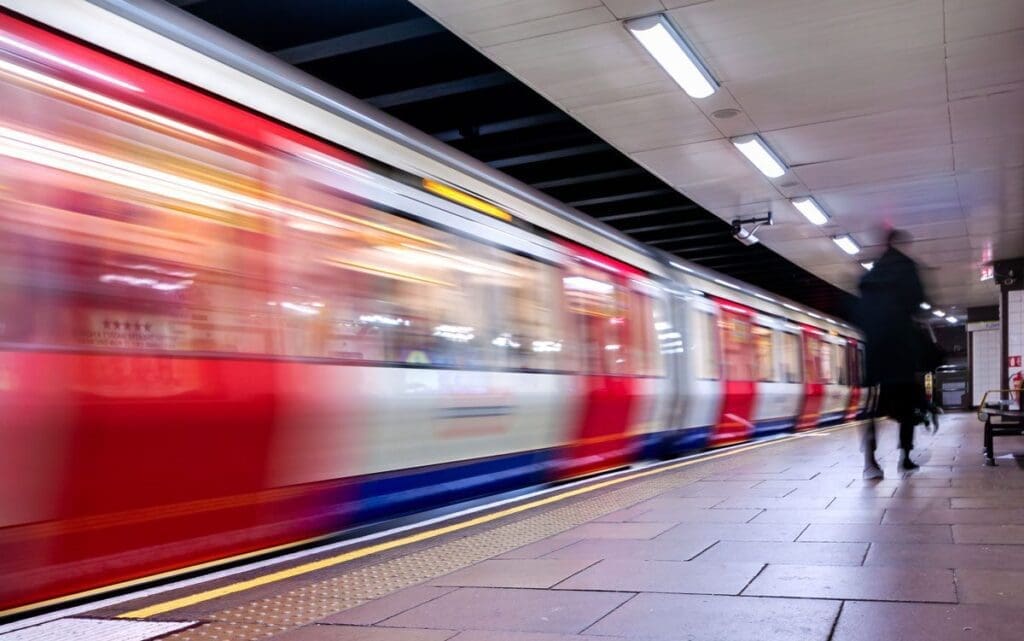
Demand for weekday rail travel in Britain has exceeded pre-pandemic levels for the first time this year.
The number of train journeys made on Monday was 55% of the normal total, according to provisional Department for Transport figures.
Also see
- HS2 to be powered by zero carbon energy ‘from day one’
- South Western Railway retains 12 Class 707 trains in boost capacity
- Plans for new £5.9m collection building go on display at Locomotion in Shildon
This is up from 38% on Tuesday January 4, the first working day of the previous week in England and Wales.
Monthly Subscription: Enjoy more Railway Magazine reading each month with free delivery to you door, and access to over 100 years in the archive, all for just £5.35 per month.
Click here to subscribe & save
The increase in usage is despite many train companies cutting timetables in response to pandemic-related staff shortages.
Passenger numbers exceeded 70% of pre-virus levels before fears mounted over the Omicron coronavirus variant in late November.
Guidance to work from home where possible led to a large drop in the number of commuters travelling by train.
Car use increased from 75% to 82% between Tuesday January 4 and Monday while bus travel outside London rose from 57% to 68% over the same period.




